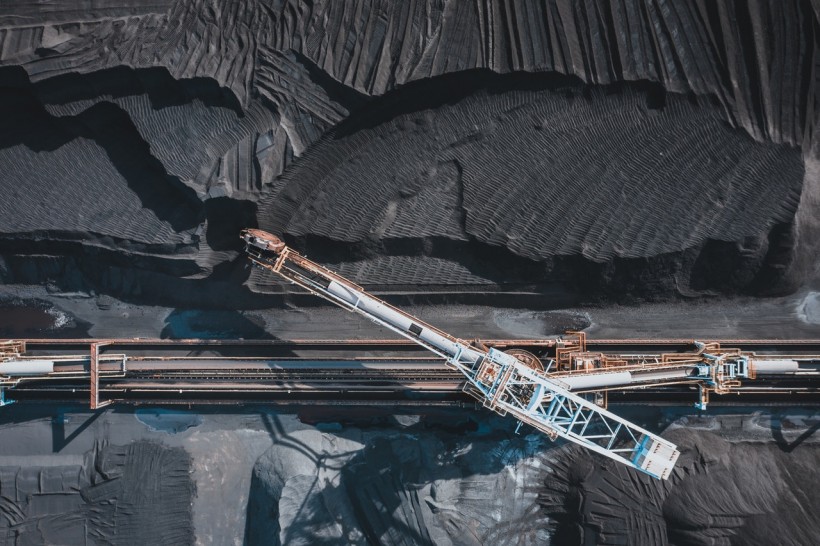Today, most non-conventional plants harness energies from the light of the sun, large waves of the ocean, and other green power sources. But like other innovations, these systems have downsides.
Many power plants heavily rely on natural sources, but although they seem perpetual, the energies could be disrupted on random occasions. Factors such deeming of the skies, calming conditions, and other interruptions could impact the generation of power in these technologies.
Many experts suggest ramping up traditional power production to carry out effective measures that could match what the modern methods have. Although this process is effective, the advancements would be relaying the problematic techniques that damage our planet.
How Gravity Battery Technology Works

Having a shot to activate such immense carbon-emitting approaches could be complemented by the concept of energy storage. In this way, the conventional energy collection systems would harness powers that could be retained long-term for future use.
A tech startup located in Edinburgh currency prefects this deal-breaker. The company, known as Gravitricity, is a green engineering firm that focuses on developing energy storage. Last April, the enterprise successfully tested its first gravity battery prototype.
The model's structure is mostly made of steel that scales 15 meters of 49 feet in length and weighs about 5 tonnes or 50,000 kilograms. The steel tower is moved skyward through its electric engines during its power harnessing procedure and is slowly returned downwards. This drag is responsible for producing electricity for a network of generators.
Gravitricity's lead development engineer Jill Macpherson explained in a BBC report that even though the prototype was tested in a small-scale demonstration, the gravity battery machine could generate a brief power for at least 750 homes.
Gravitricity and the Future of Energy Storage
Macpherson said that the model could be utilized to control and extend the lifetimes of other mechanical systems such as lifting cables. The design of this structure is also efficient, as repairs only require replacements of parts rather than the entire system itself, further offering decade-long energy collections in the future, the engineer continued.
Among the firm's current projects is to specialize the structure in decommissioned coal mines, says Gravitricity managing director Charlie Blair. Instead of constructing towers for the gravity batteries, the expert said that their company is finding solutions to take advantage of the abandoned geological terrains in mines that offer a grand pull of weight underground.
Through this approach, the gravity batteries could be erected down the mine shafts with an extended length of approximately 300 meters or more than 980 feet, and this scale could go further depending on the conditions presented by the mines themselves.
If the initial prototypes would successfully work in mine-based sites, the firm expects a subterranean model to function as soon as 2024.
RELATED ARTICLE: Suitcase-Sized Device Turns Seawater Drinkable by 0.3 Liters Per Hour; Cleansing Powered by 20 Watts Like Phone Charging
Check out more news and information on Energy in Science Times.














